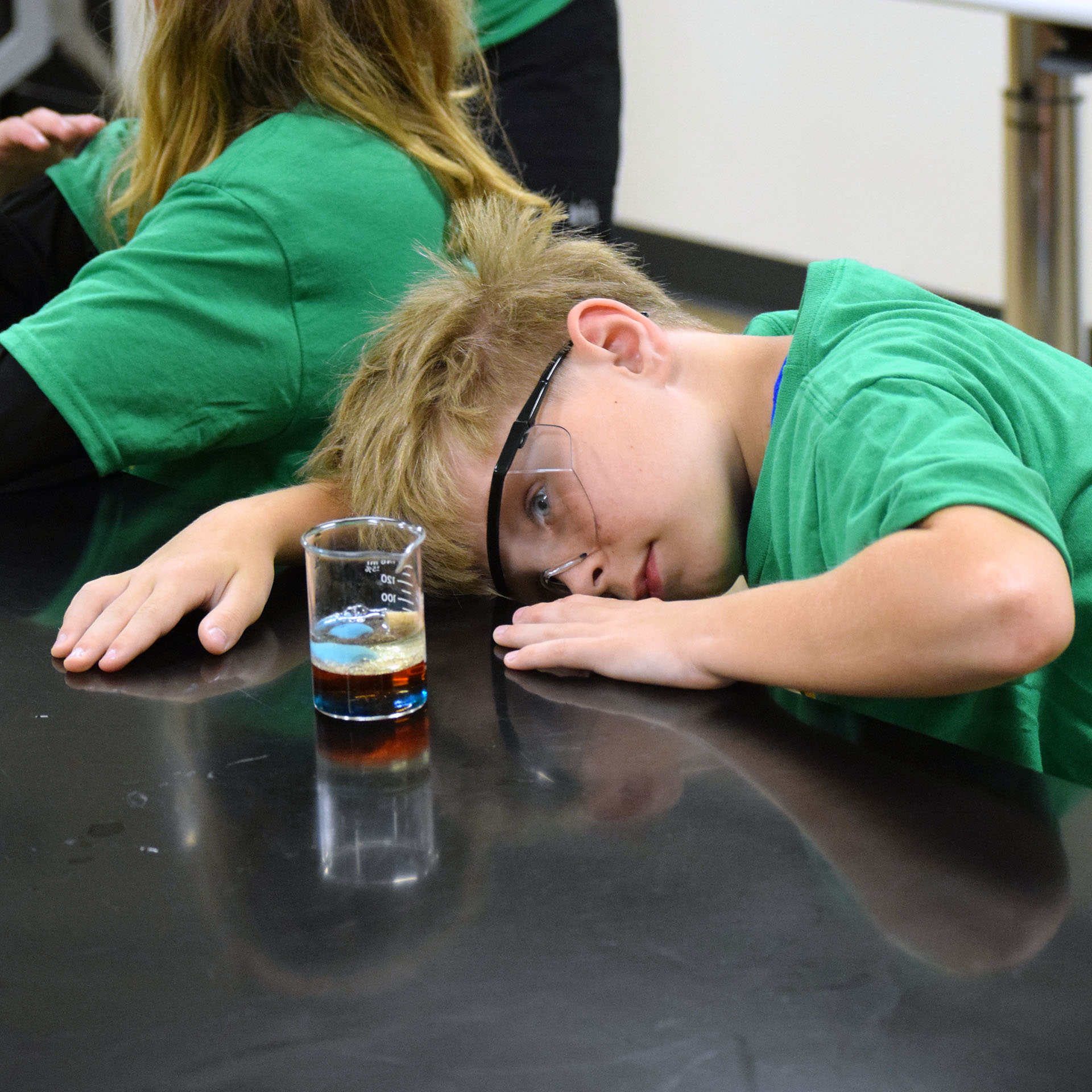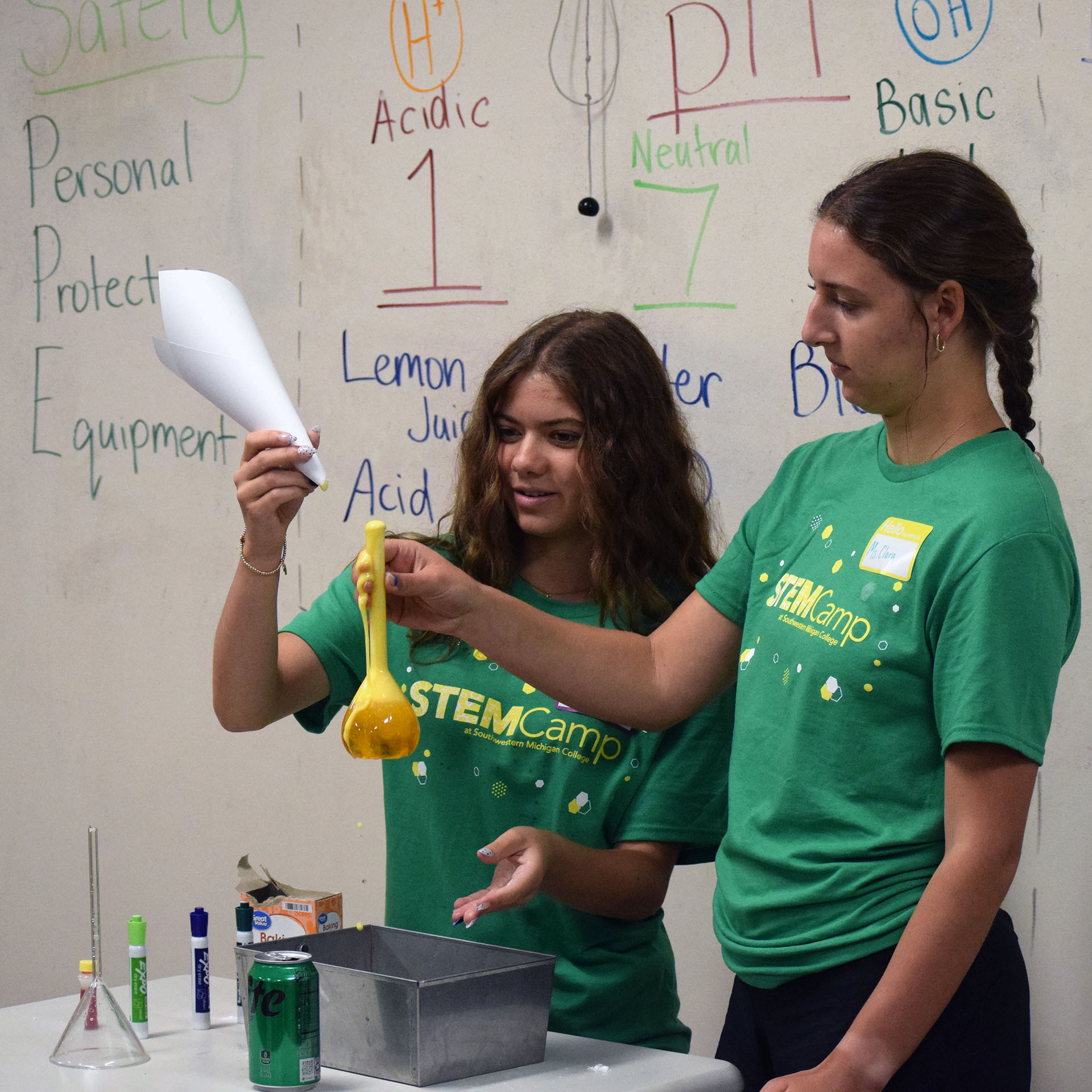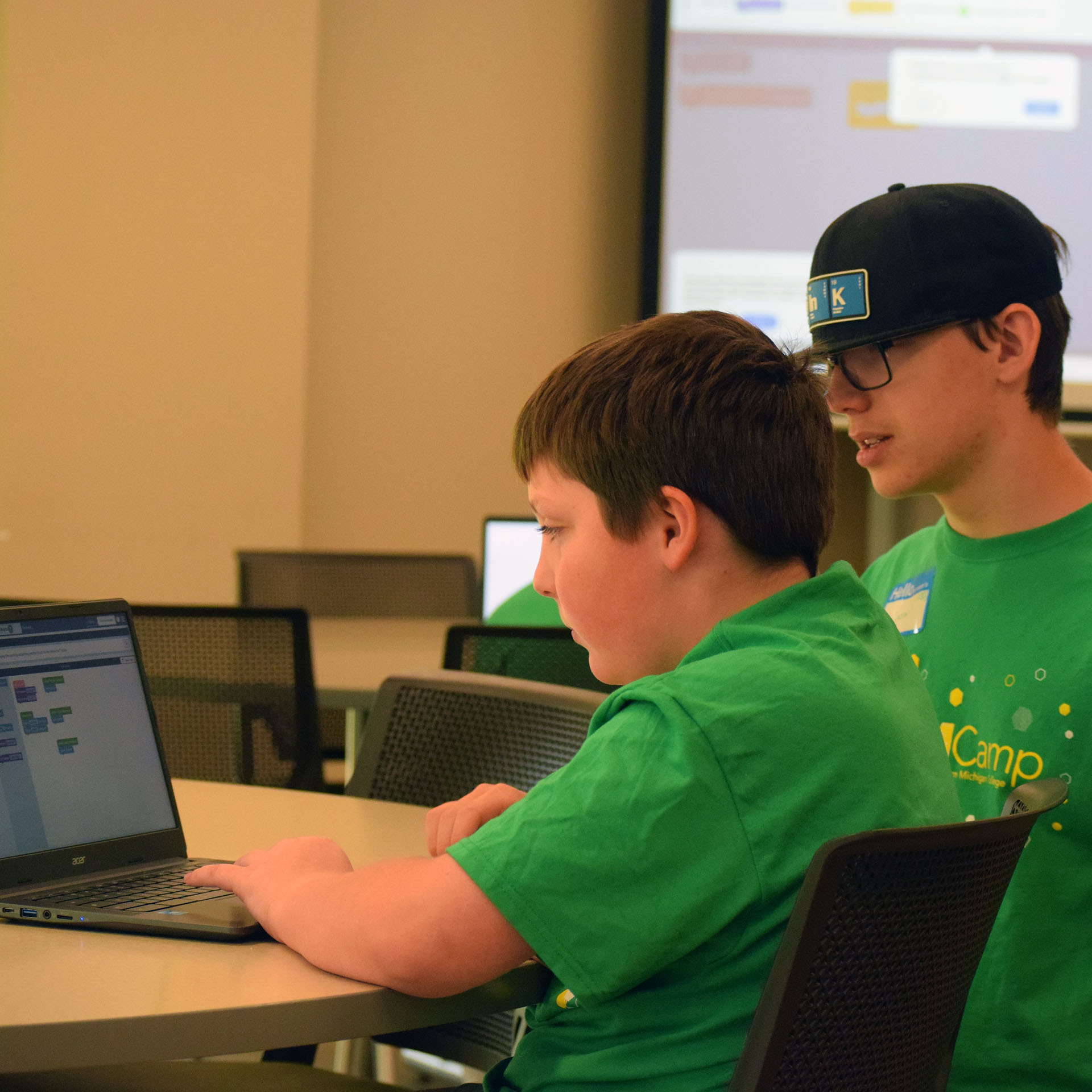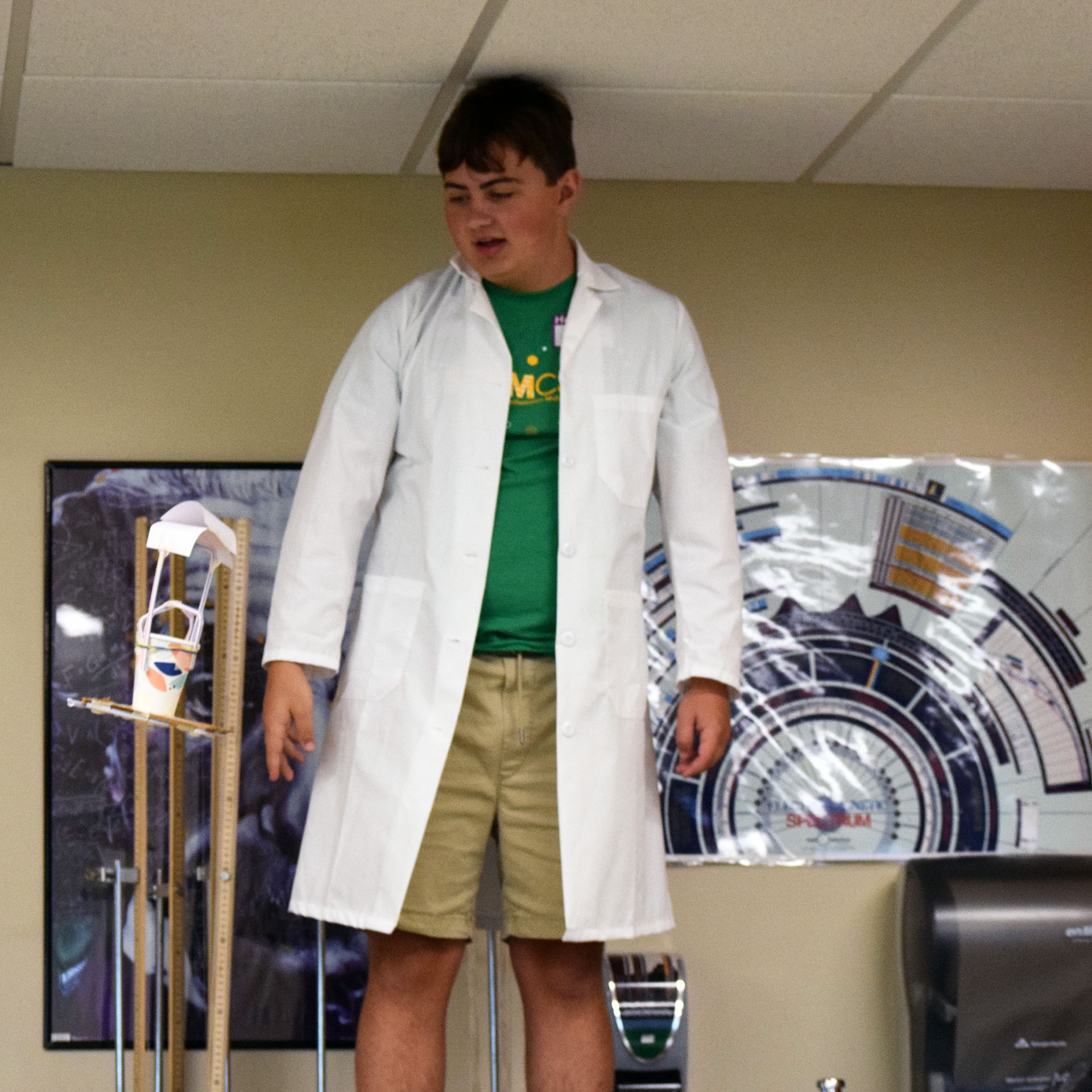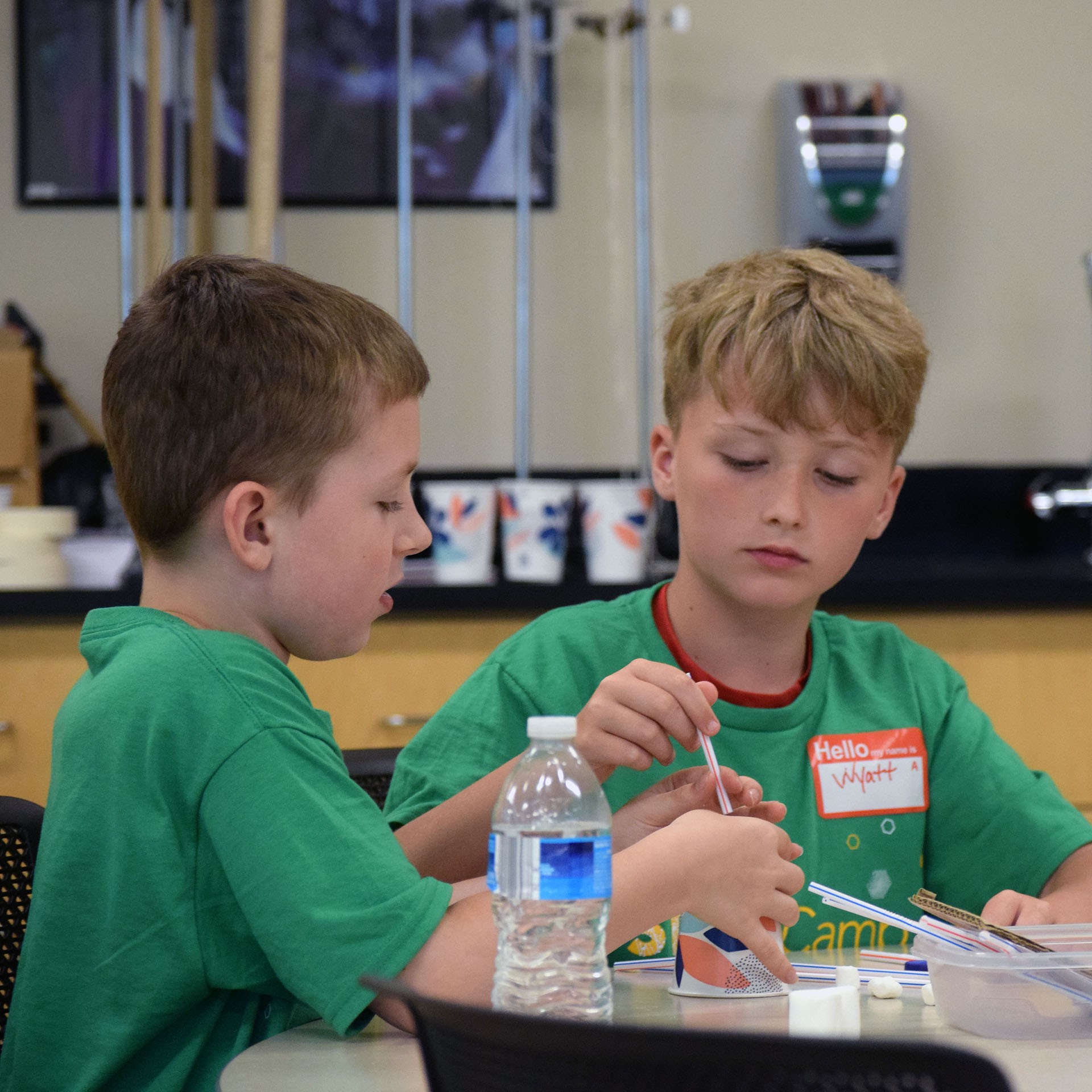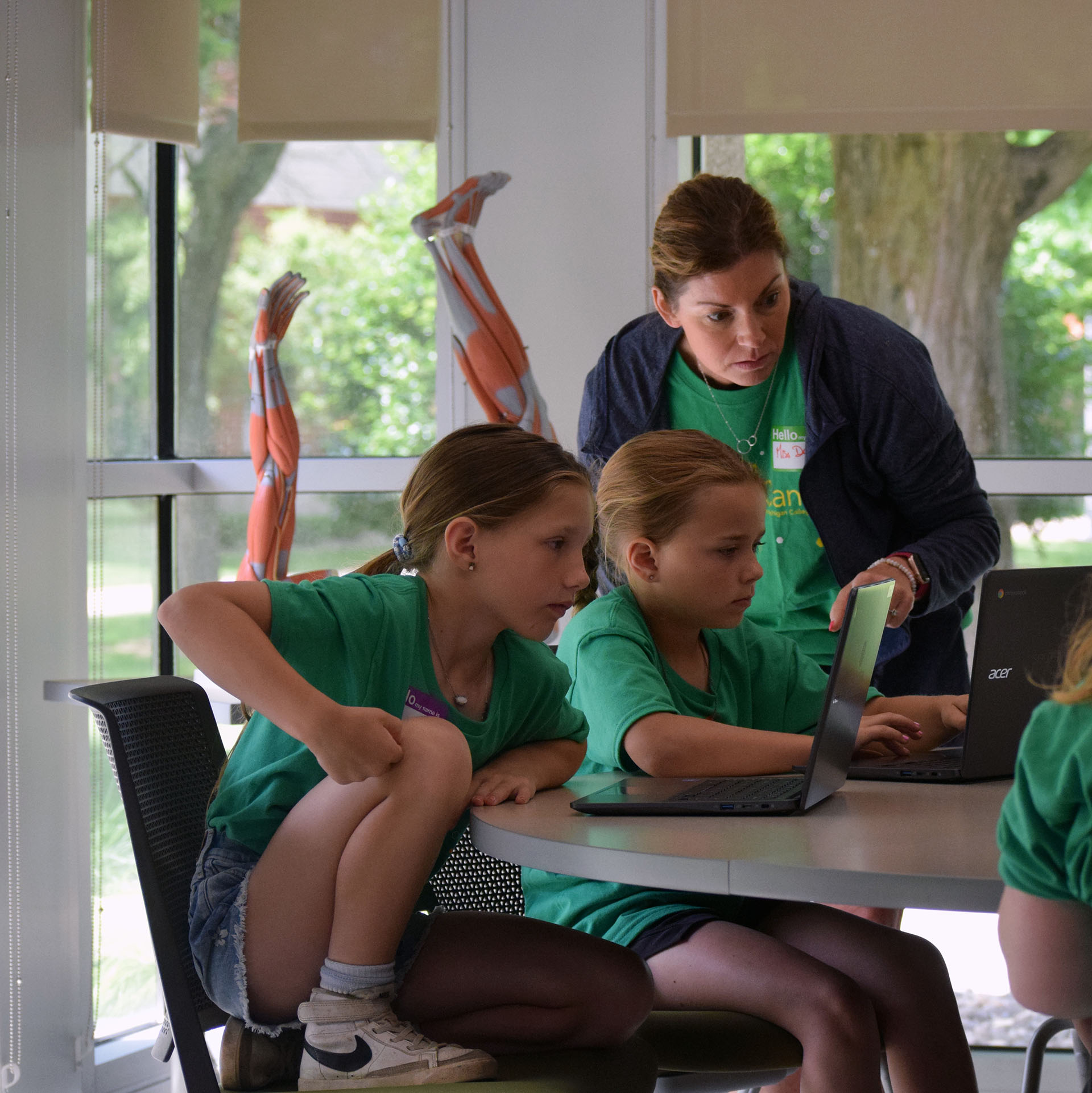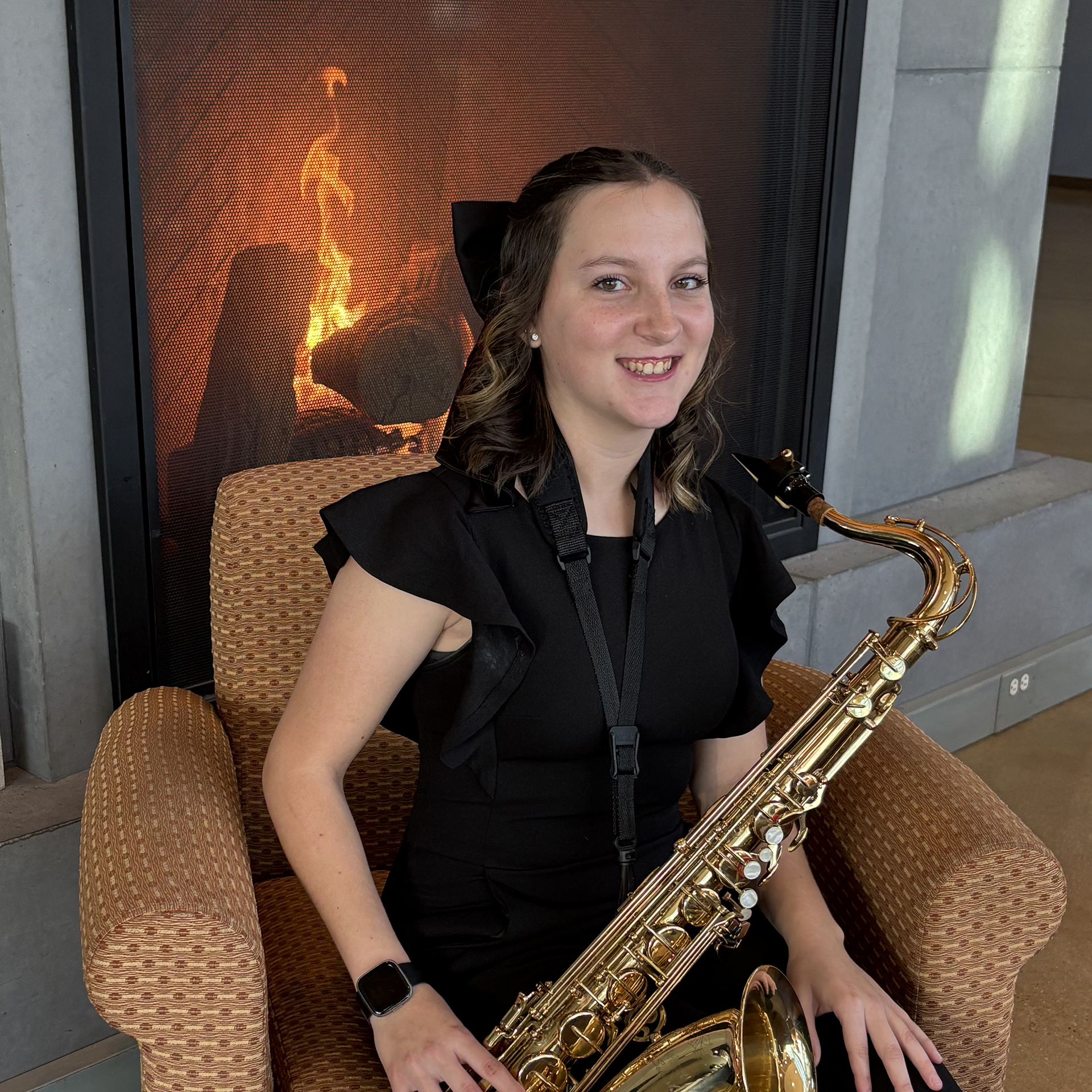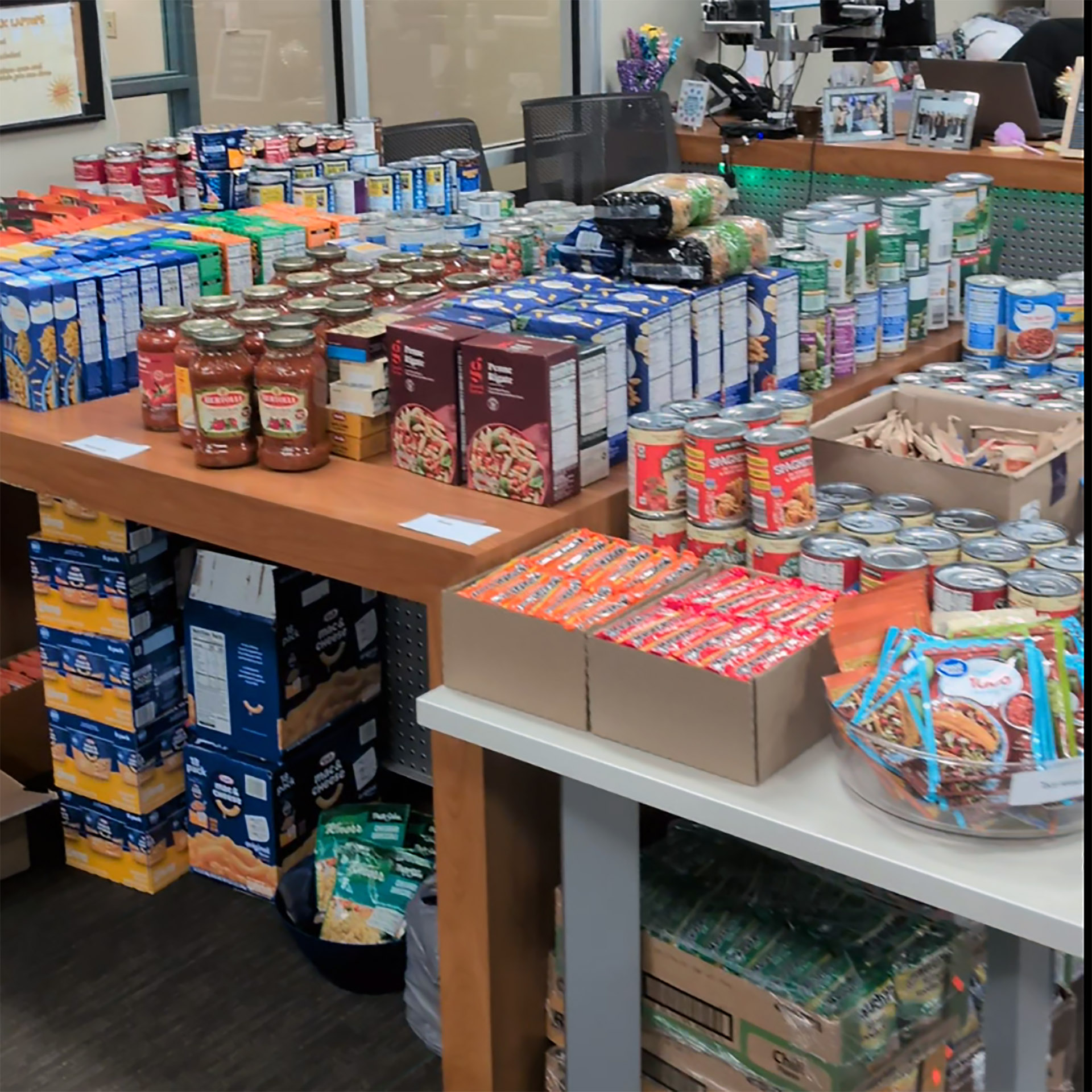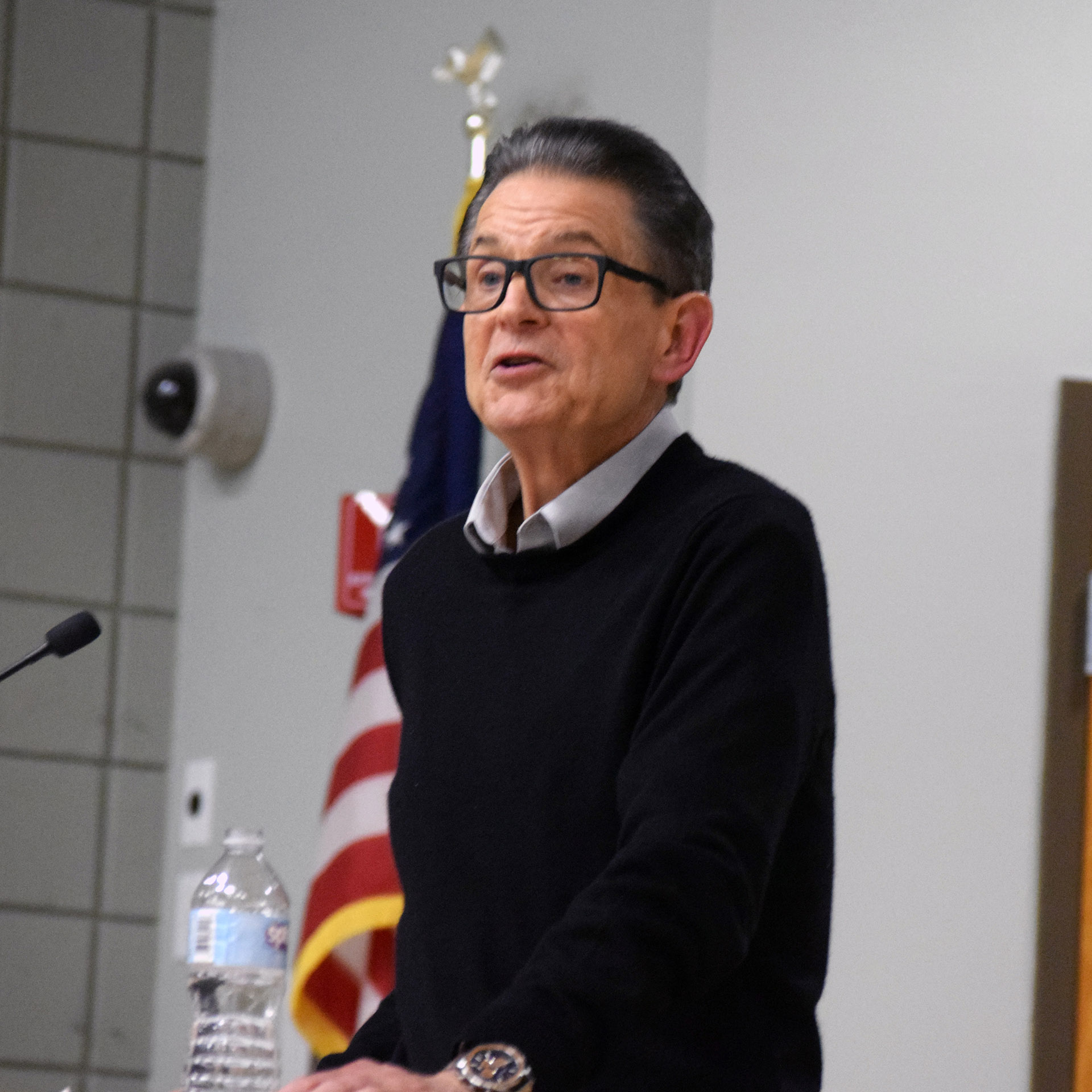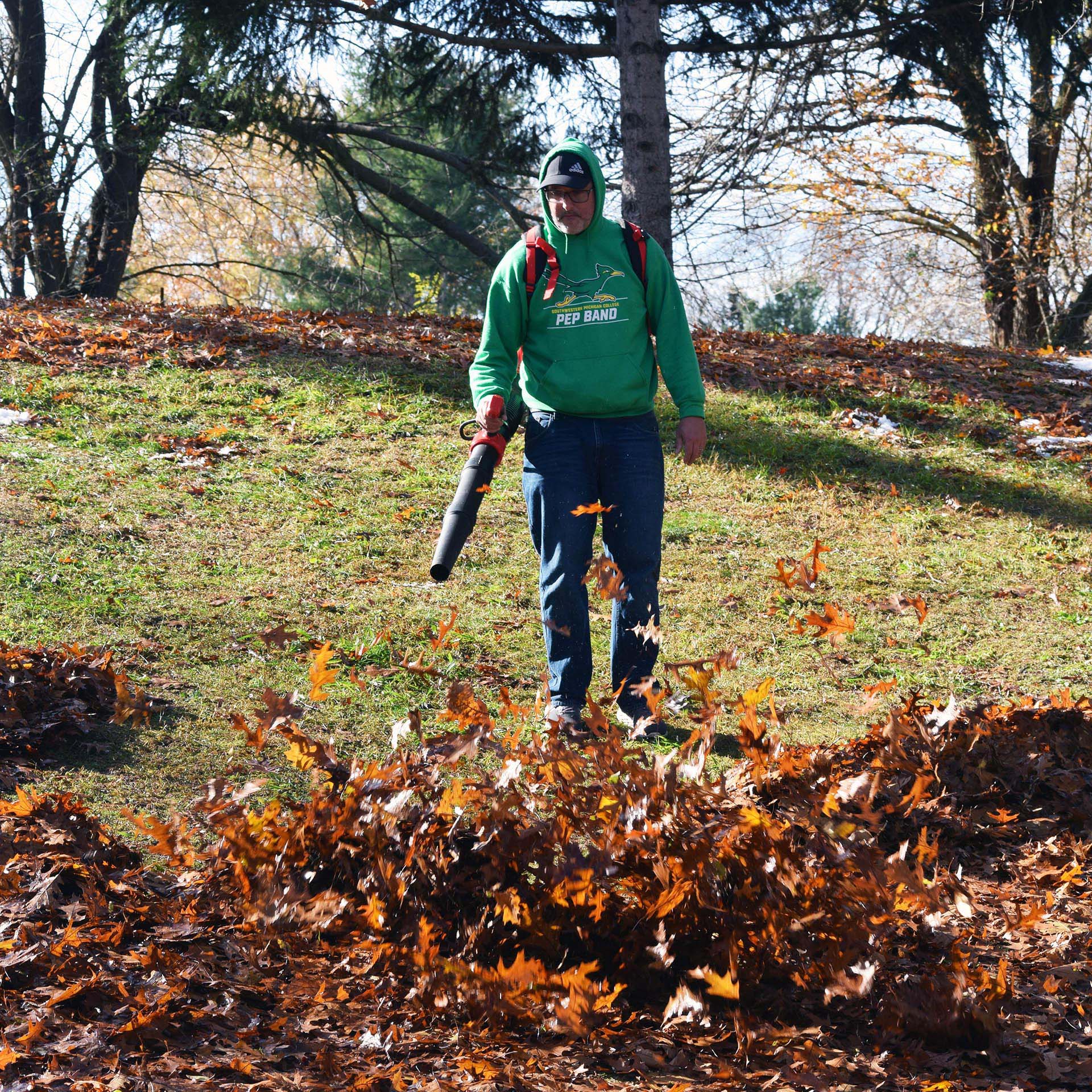
News
164 Attend SMC's Seventh STEM Camp
Published on June 19, 2025 - 3 p.m.
Whether you’re landing rovers on Mars, coding with artificial intelligence (AI), populating Abigail Craft’s math-based zoo to learn fractions or testing pH levels, hands-on activities help develop problem-solving, critical thinking, communication, creativity and collaborative teamwork.
Southwestern Michigan College’s seventh STEM Camp was held in the William P.D. O’Leary Building on the Dowagiac campus June 16-18 for 164 Michiana students entering grades 4-6 this fall.
Math and Physics Professor Andrew Dohm, a mechanical engineer turned teacher 25 years ago, writes the grants that the Bosch Community Fund awards to underwrite summer camps that are free to all participants.
“Our group this year was over 50 percent girls,” Dohm said, “which is the first time that has happened.” School districts represented include Edwardsburg, Cassopolis, Dowagiac, Marcellus, Decatur, Niles, Brandywine, Hartford, Mattawan, Berrien Springs, Coloma, Watervliet, Buchanan, Lakeshore, Eau Claire, Lawton, Paw Paw, Three Rivers and homeschooled students.
Each workshop explored a STEM letter — science, technology, engineering and mathematics. Science led off with pH, the scale that measures how acidic or basic (alkaline) a substance is, ranging from 0 to 14. A pH of 7 is neutral, such as water. Values below 7 are acidic, such as lemon juice. Values above 7 are basic or alkaline. Bubbling, foaming and temperature and color changes signal reactions taking place.
Students used litmus to test whether a solution is acidic or basic. Blue litmus paper turns red under acidic conditions, and red litmus paper turns blue under basic or alkaline conditions.
Edwardsburg eighth-grade computer science teacher Deb Kraska, also finishing her 25th year in the classroom, including 20 with second and third graders, led coding on laptops. “One of my favorite things about coding is it allows you to be creative,” she said.
Their programming introduction took them to code.org, joining 99 million students in all 50 states — 42 million of them young women.
Assisting Kraska were Cashton and Tallula Kimmey of the robotics team Ting Tang Walla Walla Bing Bang of RoboTZ (Robo-Tech Zone), which trains at SMC’s Niles campus. They competed in May in the VEX Robotics World Championship in Dallas, Texas.
Edwardsburg Middle School science teacher Nichole Dohm conducted the engineering challenge to design, build and test a rover after watching a NASA video about Perseverance, a car-sized rover that explored Jezero Crater on Mars.
Its primary goal is to search for signs of ancient microbial life and collect samples of Martian rocks. Launched on July 30, 2020, it successfully landed on Mars on Feb. 18, 2021.
“We’re going to be using the engineering process,” she said. “Identify the problem, what is the challenge, what are the limits, such as time, how can we solve it? Our challenge is to safely land our rover. We want you to collaborate with your partners.”
Dohm distributed their materials: a cup for a space capsule, two marshmallows for astronauts, eight straws, a piece of cardboard, note cards, three rubber bands, tape and 10 mini-marshmallows as a shock-absorbing cushion for the landing. Landers were dropped from a meter, modified with a parachute, then released again from the ceiling.
Craft, adjunct SMC faculty, directed students to brainstorm large (5x5), medium (3x3) and small animals (1x1) to stock a zoo, then calculate the necessary dimensions of a variety of “enrichments” — trees, rocks, ponds, shelters, shrubs, plants and flowers.
